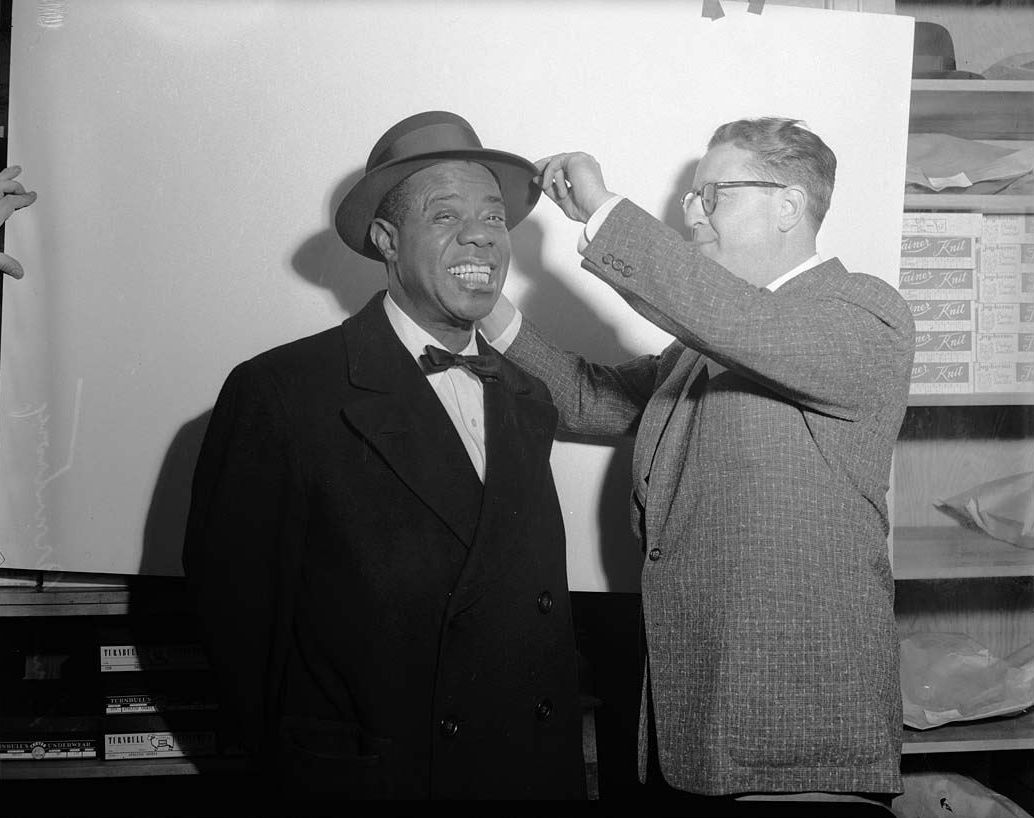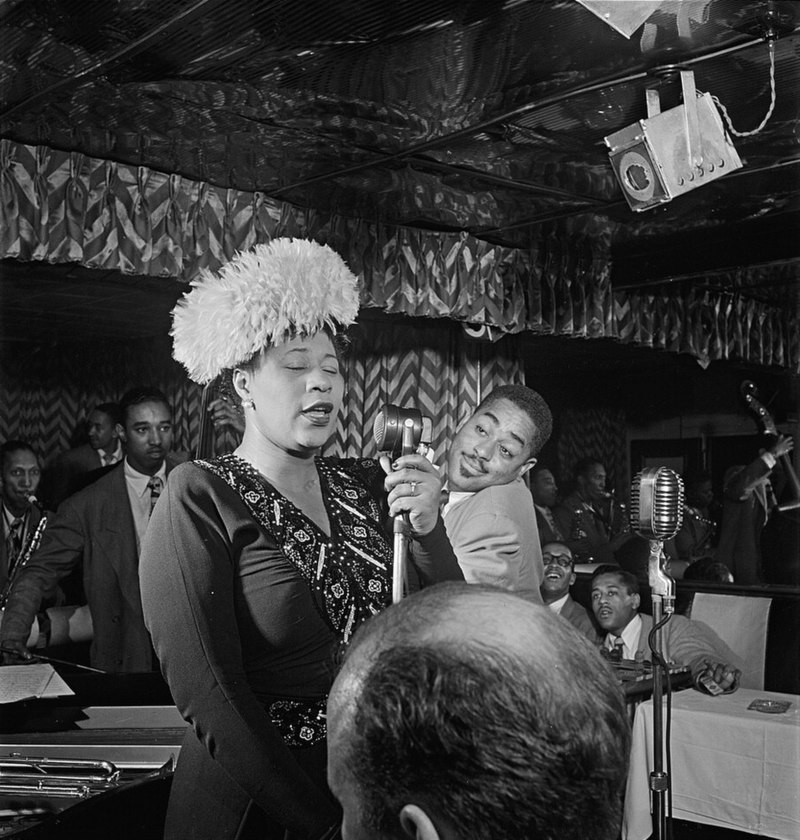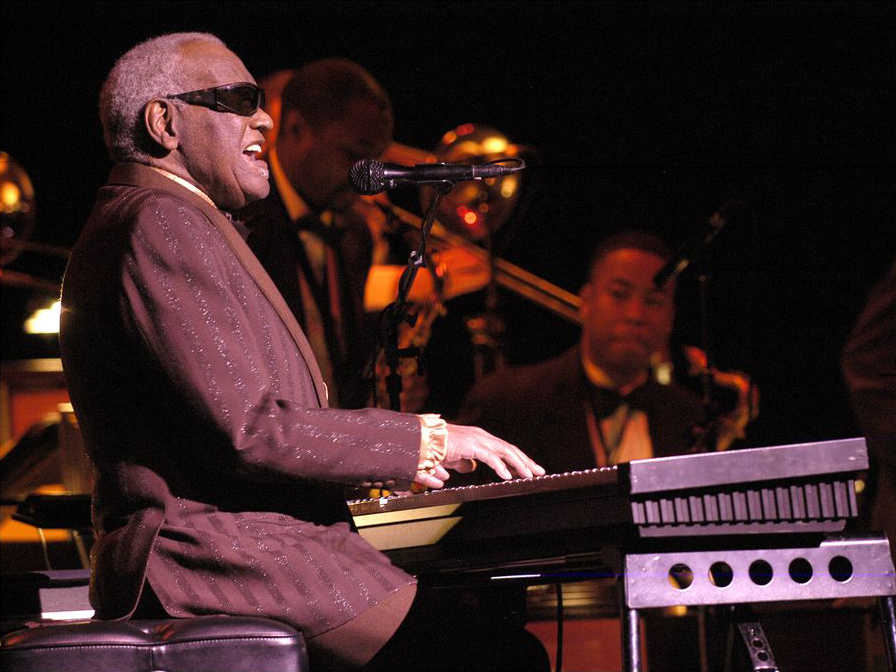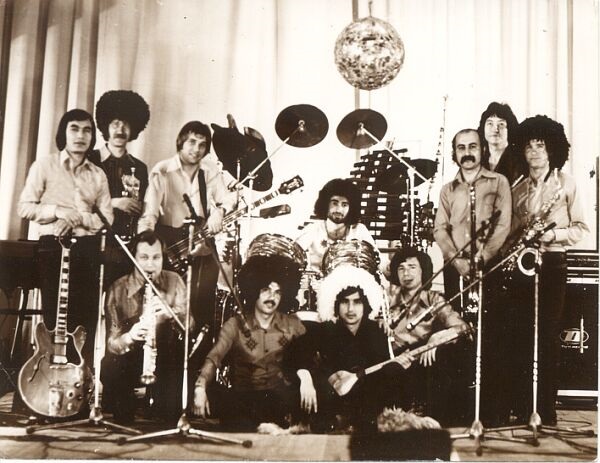Jazz is a universal field of musical art, causing great interest among musicians and listeners all over the world, having a wide range of international interactions and artistic directions.
Jazz - formed directly under the influence of African rhythms, European harmony, with the involvement of elements of African American and Latin folklore. Turning to its origins, we will see a multicolored musical panorama, including Caribbean and European classical music, blues, ragtime, folk.
The history of the appearance of jazz is connected with New Orleans (the beginning of the XIX century), where on Congo Square (in our time - the modern Louis Armstrong Park), urban slaves from the colony staged dances on Sundays. Some of them played cylindrical drums, kalimba, banjo, flutes, animal jaws, etc. Dancers moved in a circle up to 30 meters in diameter, stamping their feet and singing ritual songs. Gradually, jazz begins to turn into a nationwide musical trend and spreads to the northern and northeastern provinces of the United States.
Many future jazz celebrities got their start in the minstrel show, performing with “vaudeville” troupes. For example, since 1904 Jelly Roll Morton regularly toured Alabama, Florida, Texas; “The Creole Band”, led by New Orleans cornetist Freddie Keppard, performed successfully in Chicago. Beginning in 1900, New Orleans bands began to perform on pleasure steamers down the Mississippi during recreational river tours. So, the future wife of Louis Armstrong, the first jazz pianist Lil Hardin, participated in the concert program of the “Suger Johnny” orchestra.
In 1915, small jazz band appeared, consisting of 5-10 performers. One of them is the popular ensemble Tom Brown's Dixieland Jazz-Band of Tom Brown from New Orleans.
In the 20s of the XX century, a form of big band took shape - the orchestras of Duke Ellington, Glenn Miller, Benny Goodman. Throughout its history, jazz has not been a closed musical phenomenon, as a result of its interaction with original rhythms and multinational folklore, various styles have arisen: New Orleans, Chicago, swing, cool jazz, hard bop, bebop, free jazz, modal, jazz rock, jazz fusion and others.
Outstanding representatives of jazz, legendary performers who lived a bright, stormy life, influenced changes and modernization in the world of jazz music.

Photo: ru.wikipedia.org (Toronto History)
Louis Armstrong - (born 1901 in New Orleans), American jazzman, baritone vocalist, outstanding trumpeter. He spent a difficult childhood in a dysfunctional family, achieved extraordinary heights in his career, becoming one of the most influential jazz performers. At the age of 20, he came up with the idea of using “scat” - a special type of performance, where a set of words is added as an additional accompaniment to the music. In 1950, the whole world knew him, and in 1958 his spiritual Go Down Moses was released, which became an absolute hit on all radio stations. In the 60s he visited Europe, Asia, Africa, where he was called the “Ambassador of Jazz”. In 1967, the jazzman's most iconic composition, What A Wonderful World, was released and 30 years later became the pride of the “Grammy” Hall of Fame.
The singer underwent several complicated operations - his lip, torn by the constant pressure of the mouthpiece, was corrected, then his vocal cords were operated on. His famous duet with singer Ella Fitzgerald (recording of the opera “Porgy and Bess” by George Gershwin) went down in history. He starred in many (about 50 roles) films: “Rhapsody in Black”, “Cabin in the Sky”; participated in the TV show, the musical Hello, Dolly! with actress Barbra Streisand.

Photo: ru.wikipedia.org (William Gottlieb)
Ella Fitzgerald (born 1996 in Beverly Hills, California) is the greatest American singer, “the first lady of jazz”. It is surprising that she did not receive a musical education and did not attend a single singing lesson. The owner of a naturally unique voice with a range of three octaves, a master of “scat” and voice improvisation; a frequent guest at concerts at the White House - over a 50-year career, she released about 90 albums and became a 13-time “Grammy” winner. The compositions Flying Home and Lady Be Good performed by her are masterpieces of jazz art.
Interesting facts from the biography of the singer: at a performance in Berlin in 1960, she forgot the lyrics to the song Mask The Knife and immediately embarked on improvisation, which subsequently (in the form of a new version of the hit) received 2 “Grammy” awards. The song A-Tisket, A-Tasket, created in 1938, used nursery rhymes. Thanks to this hit, which became one of the best-selling, Ella received the title of Queen of Swing.

Photo: ru.wikipedia.org (Victor Diaz Lamich)
Ray Charles (born in 1930 in Albany, Georgia) is a famous bluesman, jazzman, arranger, in less than 74 years he managed to release 102 albums! He invented the modern style of soul (soul - “soul”), in which, as a singer and pianist, he combined the vocal style of performance with jazz improvisation and the jerky choral intonations of African-American spiritual music. At the age of six, he lost his sight and, even being blind, became a star. He entered the history of jazz not only as a master of vocals, but also of sounds. His albums are an amazing variety in the use of moans, screams, grunts and whispers, falsetto, unexpected stops, legato, glissando ... The song Hit the Road Jack performed by Ray Charles is one of the most popular in history rock music.
In the 1920s, the first jazz orchestras appeared in the Soviet Union under the direction of: Valentin Parnakh, Alexander Tsfasman; in the 30s – “Tea Jazz” by Leonid Utesov (with popular songs from the movie “Merry Fellows”), Oleg Lundstrem and others.

Photo: ru.wikipedia.org (Jazz-folk-rock)
The first Turkmen vocal and instrumental ensemble, a jazz-folk-rock group, was the legendary “Gunesh”. A team of well-known musicians: Oleg Korolyov (founder), Murad Sadykov (artistic director, vocals), Vahid Rizayev (alto saxophone), Ilyas Rejepov (electric guitar, vocals), Rishad Shafiyev (drums) and others, has been functioning since 1970 to 1999. The style and manner of performance of “Gunesh” was a composition of a suite type with a fret-rhythmic oriental basis, using elements of original national folklore in the synthesis of jazz and rock music (compositions “Kusht-depty”, “Kechpelek”, “Rhythms of the Caucasus”).
As can be seen from the history of the development of jazz, the list of outstanding performers is voluminous, and its styles and directions are diverse. Of course, it is quite difficult for a novice listener, even a musician, to understand this motley picture and find something for himself.
We recommend a few simple tips:
- Jazz classics - you should first familiarize yourself with the works of solo performers, and not ensembles, as they convey the essence of the genre in a more multifaceted way. These are Louis Armstrong, Ella Fitzgerald, Keith Jarrett, John Coltrane, Frank Sinatra, Sonny Rollins.
- Concert or festival - since jazz has become popular, you can visit a jazz club or go to a jazz concert. Sound plays a big role in creating the first impression of jazz.
To get acquainted, listen to jazz releases:
- Ella Fitzgerald And Louis Armstrong - Ella & Louis (1956) - a wonderful duet of two legendary personalities in the world of jazz;
- Stan Getz / Joao Gilberto (1963) - the most romantic album;
- Jim Hall - Concierto (1975) - performed by outstanding: Jim Hall, Chet Baker, Paul Desmond, Ron Carter;
- Diana Kroll - The Girl In The Other Room (2004) is an original album by the Canadian singer and pianist.
Study the history of jazz by reading books and listening to contemporary artists to also become familiar with new trends.
Resources: ru.m.wikipedia.org; heroine.ru; jazzpeople.ru; stylenews.ru; radiojazzfm.ru; 24smi.org; culture.ru
Also read:

